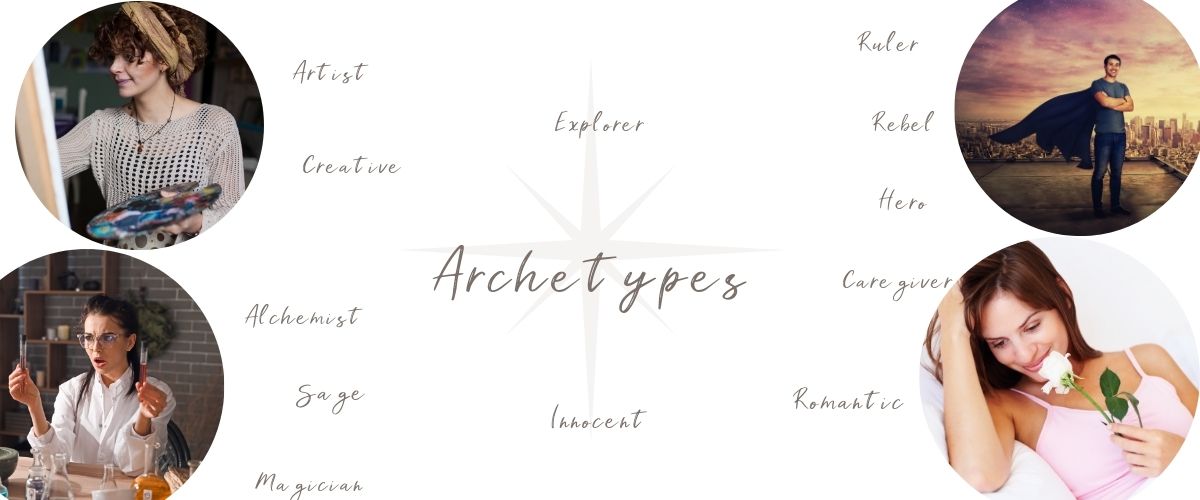Understanding The 12 Main Archetypes In Therapy, Healing and Business. What are Archetypes? And what benefits can come from understanding your main archetypal traits in your life, relationships, and work? …
 Archetypes Healing Inner Child
Archetypes Healing Inner Child Archetypes Healing Inner Child
Archetypes Healing Inner ChildUnderstanding The 12 Main Archetypes In Therapy, Healing and Business. What are Archetypes? And what benefits can come from understanding your main archetypal traits in your life, relationships, and work? …